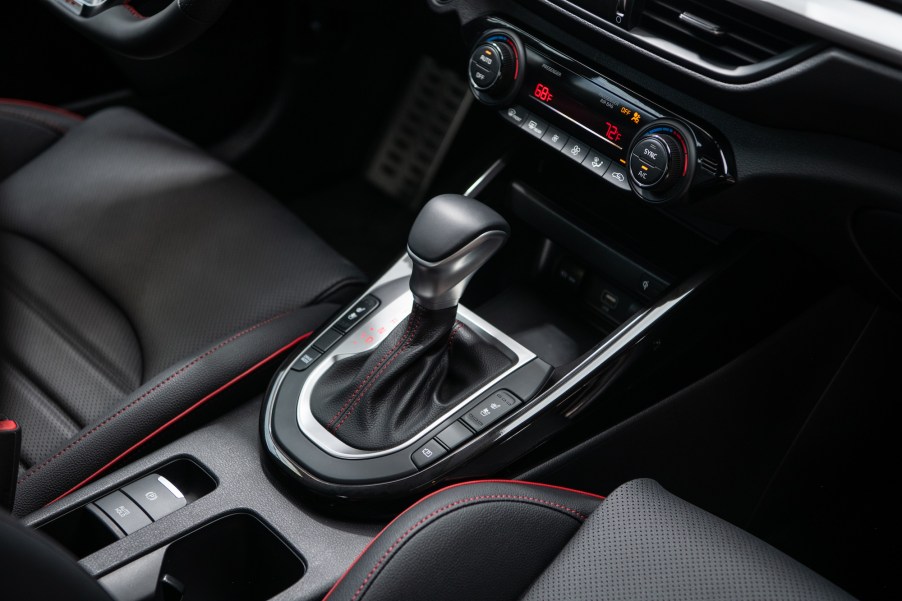
How Do Car AC Temperature Controls Work?
Air conditioning has been a common feature in most cars for decades, but how much do you know about it? Regular air conditioning differs from climate control and running either will affect the vehicle’s fuel economy. We take a look at tips for optimal performance of your car AC.
Air conditioning reduces fuel economy

The engine powers air conditioning, so running the AC affects fuel economy. The AC system includes compressors, heat exchangers, and fans that cool and dry air blowing into the cabin, says Car Throttle.
The EPA explains that air conditioning can reduce fuel economy in a gas-powered vehicle by up to 25% on short trips during a hot day. The actual effect depends on temperature, humidity, and sun intensity. Running the AC can have an even more significant percentage effect on fuel economy in a hybrid, plug-in hybrid, or electric vehicle.
Rolling down the windows doesn’t fix the fuel economy issue since then. The increased aerodynamic drag also reduces fuel economy. This isn’t much of a problem at low speeds but is a more significant issue at higher speeds.
How air conditioning and climate controls work
Once a luxury feature, climate control is more readily available these days, says Phil Meador Toyota. New cars generally come with air conditioning (AC), but they still don’t all come standard with climate control.
Air conditioning requires the car’s people to adjust the temperature and fan speed. Temperature selections are cooler or warmer rather than specific temperatures. Climate control uses air conditioning and heating by adjusting the fan speed automatically to regulate a specified temperature. Climate control is similar to a thermostat in a house since it uses thermometers to ensure it stays at the set temperature. The system can measure inside and outside temperatures to determine its settings.
Dual-zone climate control is one type of climate control. It provides separate systems for the driver and the passenger. Both people can select their own temperature settings. Tri-zone climate control adds an additional temperature setting for the rear passengers. This option is more common in large vehicles like SUVs and vans.
Different considerations when using the AC controls
There are several considerations when using air conditioning. To improve fuel economy in warm weather, the EPA recommends opening the windows when first getting in the vehicle to help let some of the hot air out. Then drive with the windows down at low speeds, but use the air conditioning when driving at highway speeds. Parking in the shade and keeping the temperature settings a bit warmer can also help improve fuel economy. Plug-in hybrids and electric vehicles may want to turn on the AC while plugged into the charger. This can help these types of vehicles extend their range.
The recirculate setting cools the already cooled air from inside the cabin. This setting cools the vehicle down fast and helps keep out bad smells. However, according to Consumer Reports, rear passengers might prefer it to be turned off since the setting only recirculates air from the front, sometimes letting the rear air get warm and stale.
Air conditioning can also help to defrost the windshield. CNET explains that the defrost button often uses air conditioning and heat to blow hot and dry air on the foggy or frosty window. Drivers with auto start/stop systems might want to turn it off in super-hot weather. While the feature does save fuel, it will also stop the AC compressor from running when it shuts off the engine. Lastly, most air conditioners work best while driving, so don’t run the AC while idling.
While running the car’s air conditioner reduces fuel economy, it helps to know how the system works. A little knowledge can keep you comfortable and save a few dollars.


